
Crafting the Future: Cultivating Creativity through Purposeful Collaboration
In the heart of Filipino coastal communities, where the rhythm of the sea dictates the pace of life, a simple yet profound tradition thrives: the art of “pagla-lambat.” This traditional method of fishing, using lambat or handwoven nets, goes beyond the act of catching fish. It is deeply intertwined with Filipino values and a way of life that has endured for generations.

The weaving of the lambat embodies the value of hard work and perseverance. Skilled hands neatly intertwine fibers, creating a net that serves not only as a tool for livelihood, but as a testament to the craftsmanship passed down generations. Each knot and weave tells a story, linking the present to the wisdom of the past.
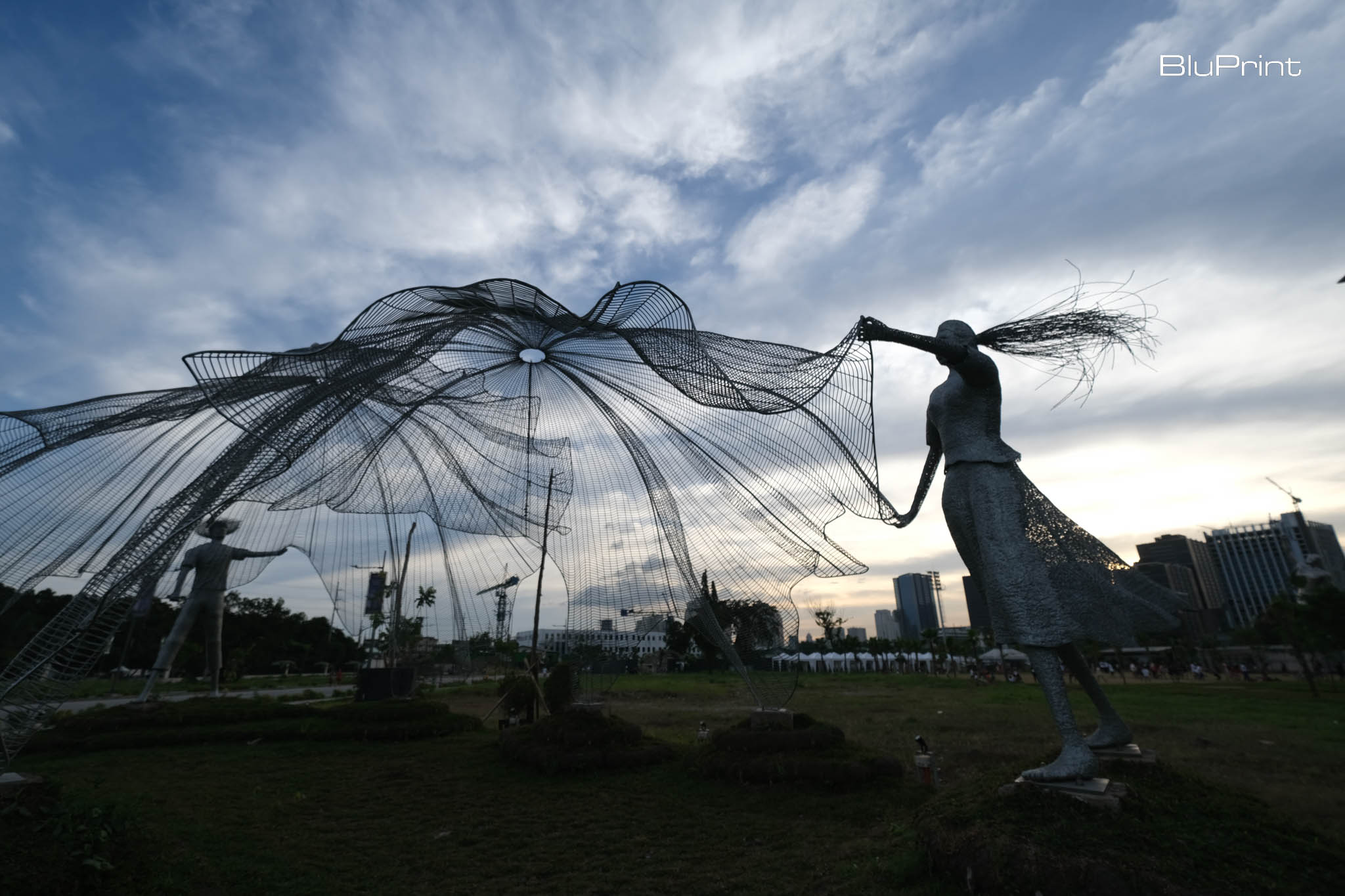

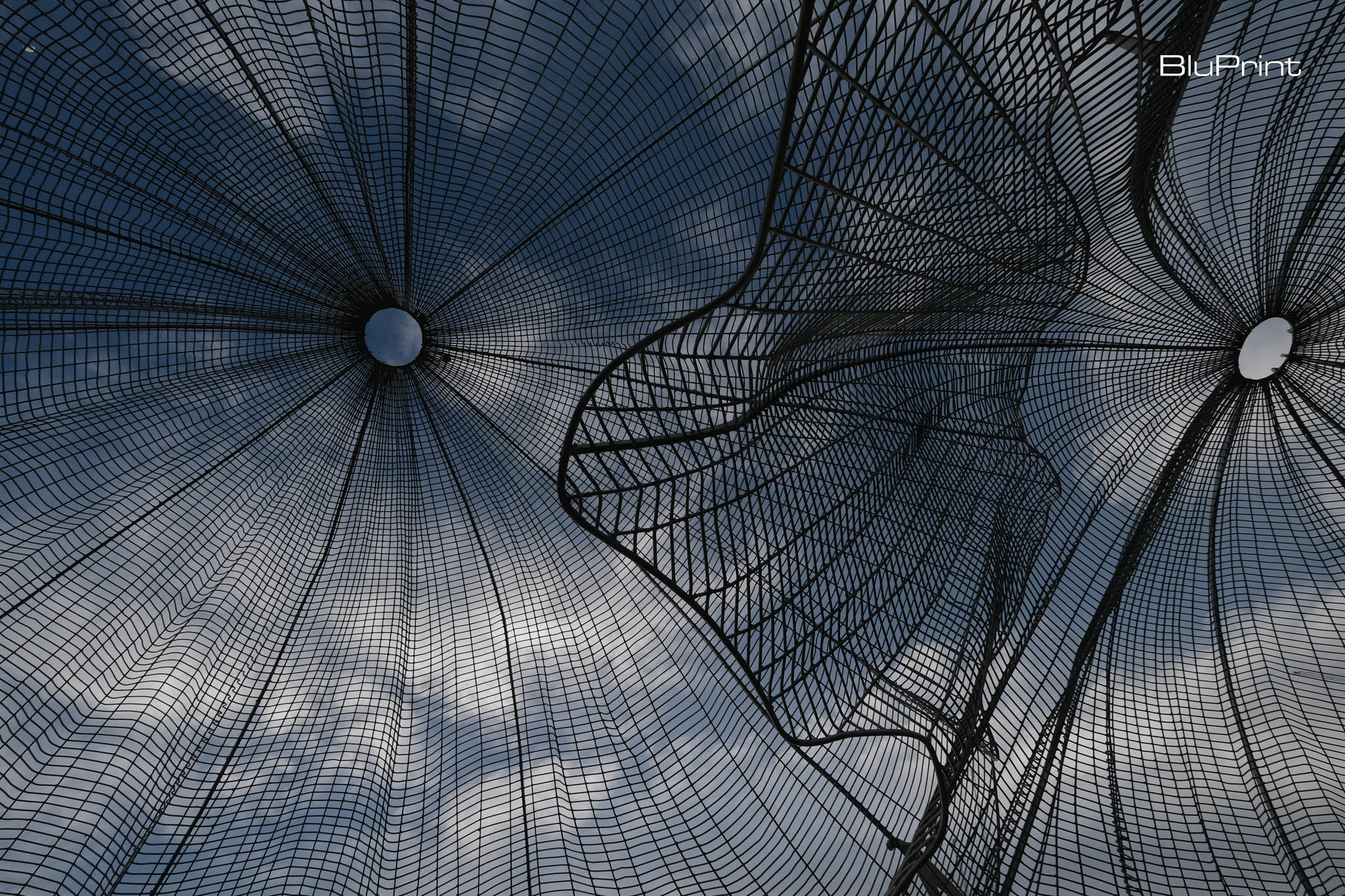
In a testament to the enduring spirit of Filipino heritage, three distinguished industrial designers, Jude Tiotuico, Vito Selma, and Miguel “Mike” Aguas, collaborated to create Lambat, a public art installation situated in Bridgetowne, Pasig City. This sculpture is far more than an aesthetic addition to the urban landscape. It is the embodiment of the working class representing Filipino resilience.
Purposeful Collaboration to Create Meaningful Designs
The Lambat project emerged when Jude Tiotuico, founder and Creative Head of Industria Edition, was invited to propose an installation for the estate. Renowned for his talent in creating furniture and decor using metal, Tiotuico’s collections exude modernity while maintaining the rawness and organic look of the materials. Thoughtfully designed and beautifully crafted, each piece of Tiouico’s works blurs the line between art and furniture.
He saw the project as an opportunity to foster collaborations. Tiotuico brought in Vito Selma, a Cebuano designer known for his raw and unrestricted modern furniture design, and Miguel Aguas, Head Designer of Vulcan Resources/MCCA Industrial Corporation.

Selma, the award-winning Director of Vito Selma Design Studio, Casa Selma, and Archipelago Design Ventures, took on the challenge, ensuring that the sculpture captures the essence of being Filipino. Miguel Aguas, the self-taught Head Designer of Vulcan Resources/MCCA Industrial Corporation, completed the trio of designers who created the sculpture.

The resulting piece depicts a fisherman and a fisherwoman casting a net mid-air. The collaboration embodies the grit, resilience, and penchant for sacrifice inherent in the Filipino people. Aguas’ harnessed his expertise in forging metal to create fabric-like forms that seemingly dance in motion, echoing the graceful yet arduous act of weaving a lambat. You can see the three designers’ distinct styles blend seamlessly together. Combined, they emphasize their shared passion for creating meaningful designs that uplift the spirits of the community.
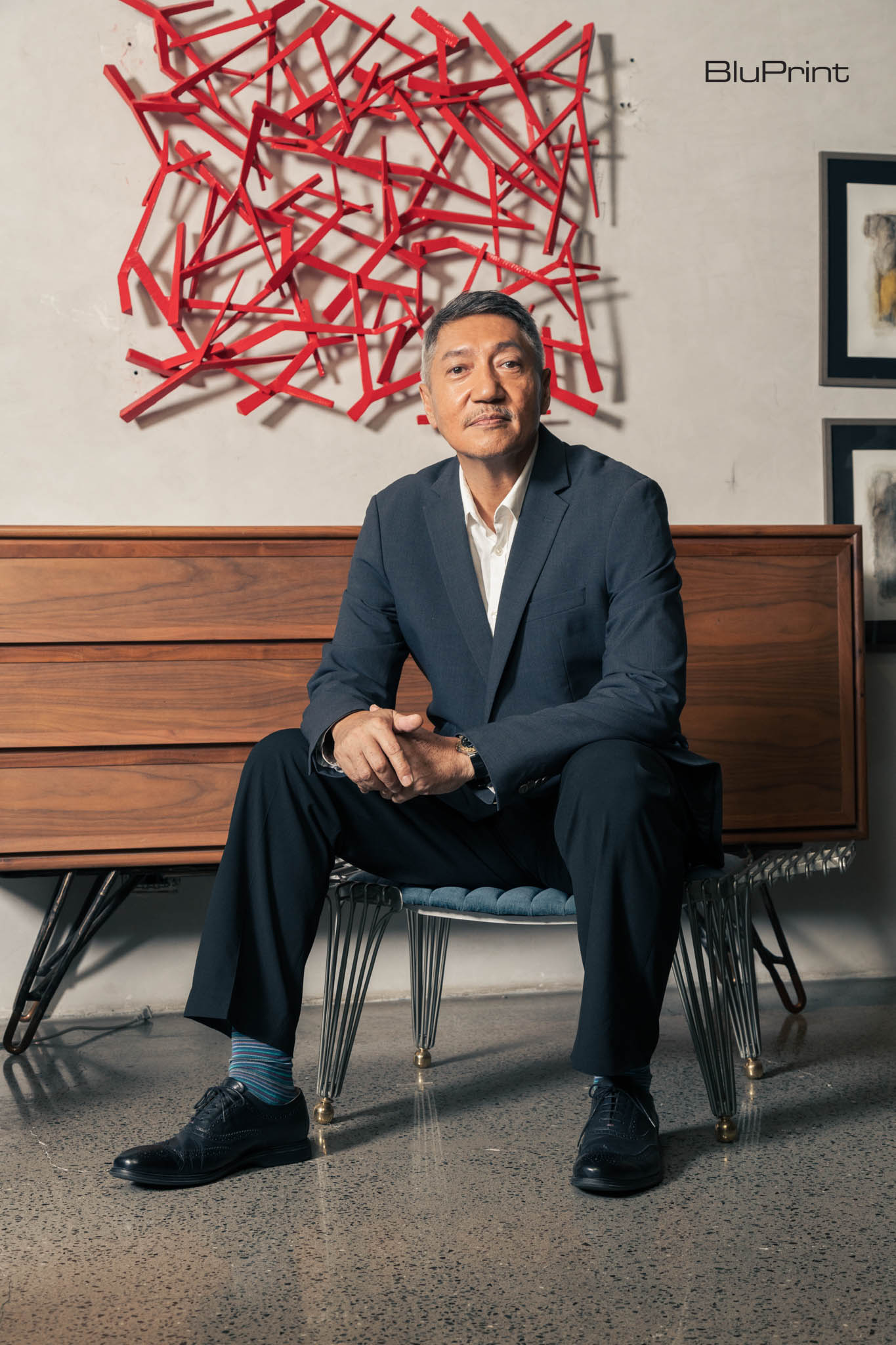
Transcending Individual Identities
“To achieve something more of a fabric-like feel, something like in motion,” Tiotuico explains, “it’s more about how we can manipulate metal to make it look like fabric.” Despite their differences in style, the trio’s shared vision and passion allowed them to transcend individual identities. And together, they create a piece that speaks to the essence of being Filipino.
In crafting Lambat, the designers paid meticulous attention to the interactive and experiential nature of the installation. Aguas highlighted how the design invites people to enter. He wanted to foster engagement and interaction, particularly among children who can play within and around the sculpture. He emphasized its airy and free-flowing design, showcasing not only artistic prowess but also promoting functionality.
Cultivating Creativity to Uplift Spirits
Public art installations serve as catalysts for community engagement. They act as visual expressions that resonate with people on a deeper level. Creations like Lambat, Tiotuico explains, enhances the experience of sensibility, allowing positive messages to be subtly conveyed to the audience. As part of the natural world, Lambat invites people to interact with it, fostering a sense of connection and shared experience.
For these designers, art installations provide a vehicle to express their creativity and convey meaningful messages. Through Lambat, the designers attempt to represent the grit of Filipino workers and the importance of family. Tiotuico draws parallels between the sculpture and the Filipino family. He underscores the notion of how they come together to navigate life’s challenges. The piece represents how families collaborate to achieve their dreams and aspirations, symbolizing the resilience embedded in Filipino culture.
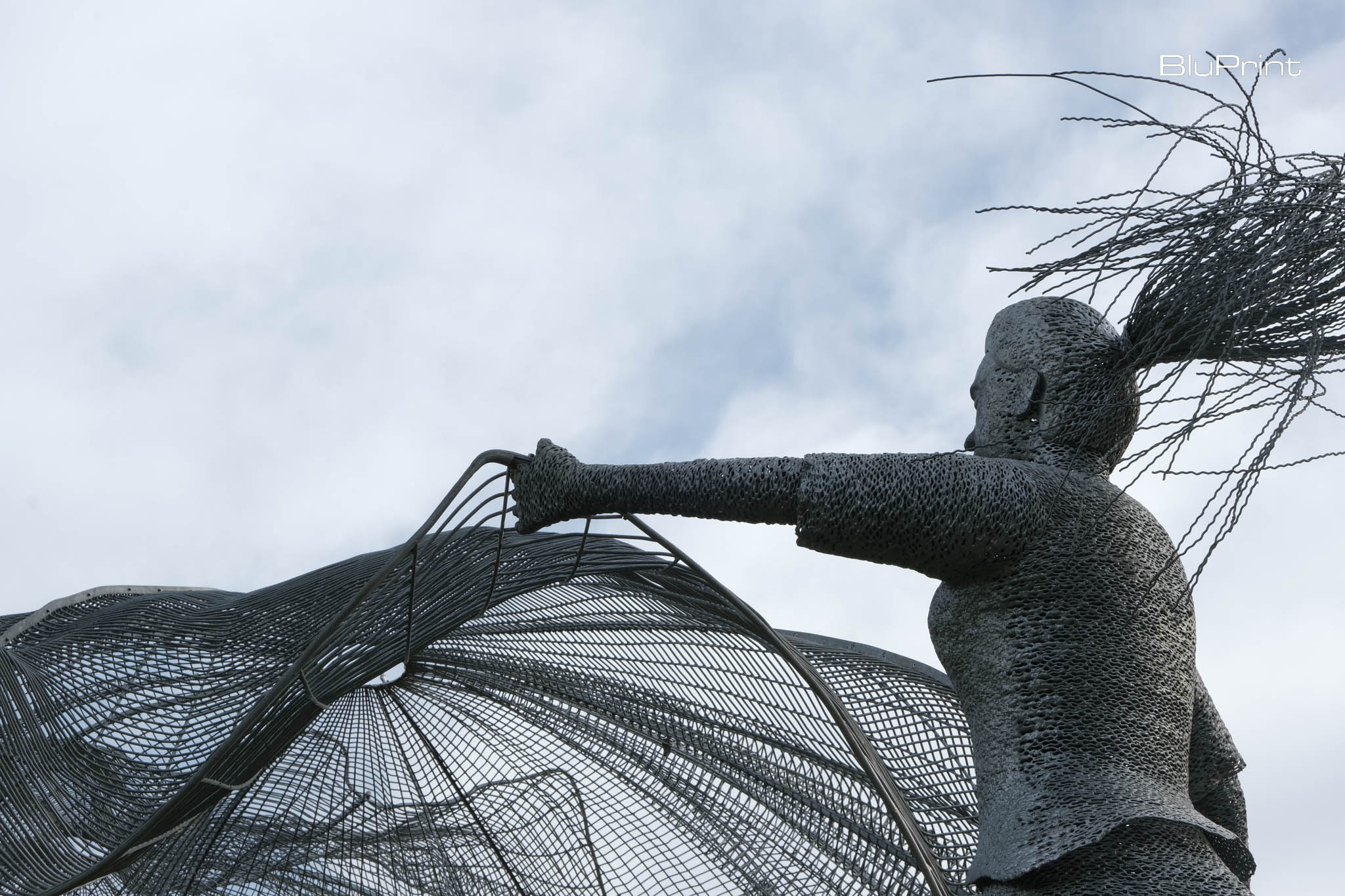
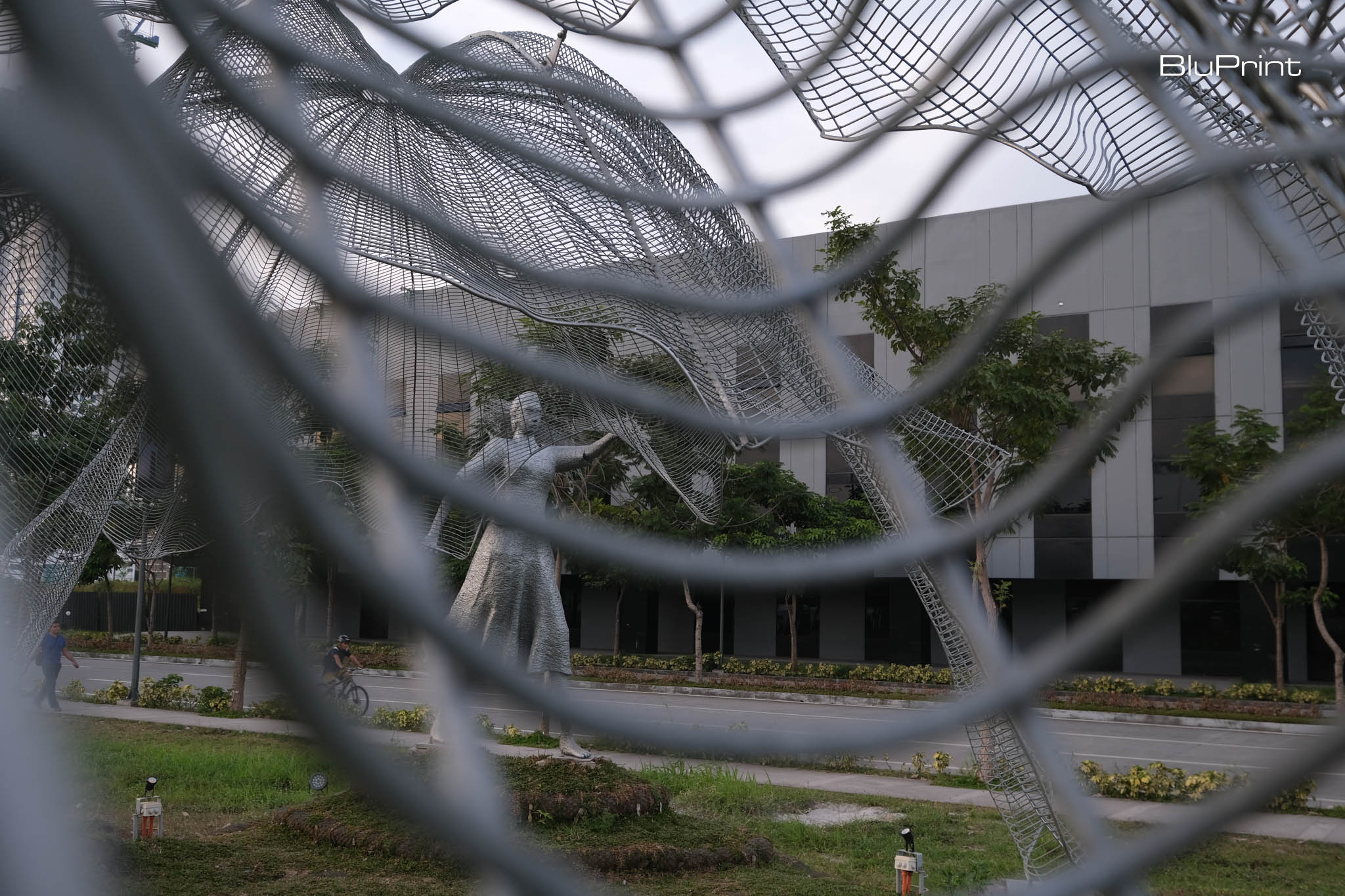
A Tribute to Unsung Heroes
Reflecting on the significance of Lambat, Selma hopes the installation reminds people to be grateful for those who toil to bring food to our tables. “These fishermen and women work all day to catch fish to provide for the family and the people who need it. I think this just represents them as well and how grateful we are.” The sculpture becomes a visual ode to the unsung heroes of coastal communities, whose tireless efforts sustain families and communities.
In the urban landscape of Bridgetowne, Lambat stands not just as an art installation but as a profound symbol. It’s a visual poem that encapsulates the spirit of “pagla-lambat.” It weaves together the threads of Filipino heritage, resilience, and the enduring strength found in collaborative endeavors. Through the combined vision and craftsmanship of Tiotuico, Selma, and Aguas, Lambat transcends its physical form. The sculpture celebrates Filipino identity and the timeless values woven into the fabric of our culture.
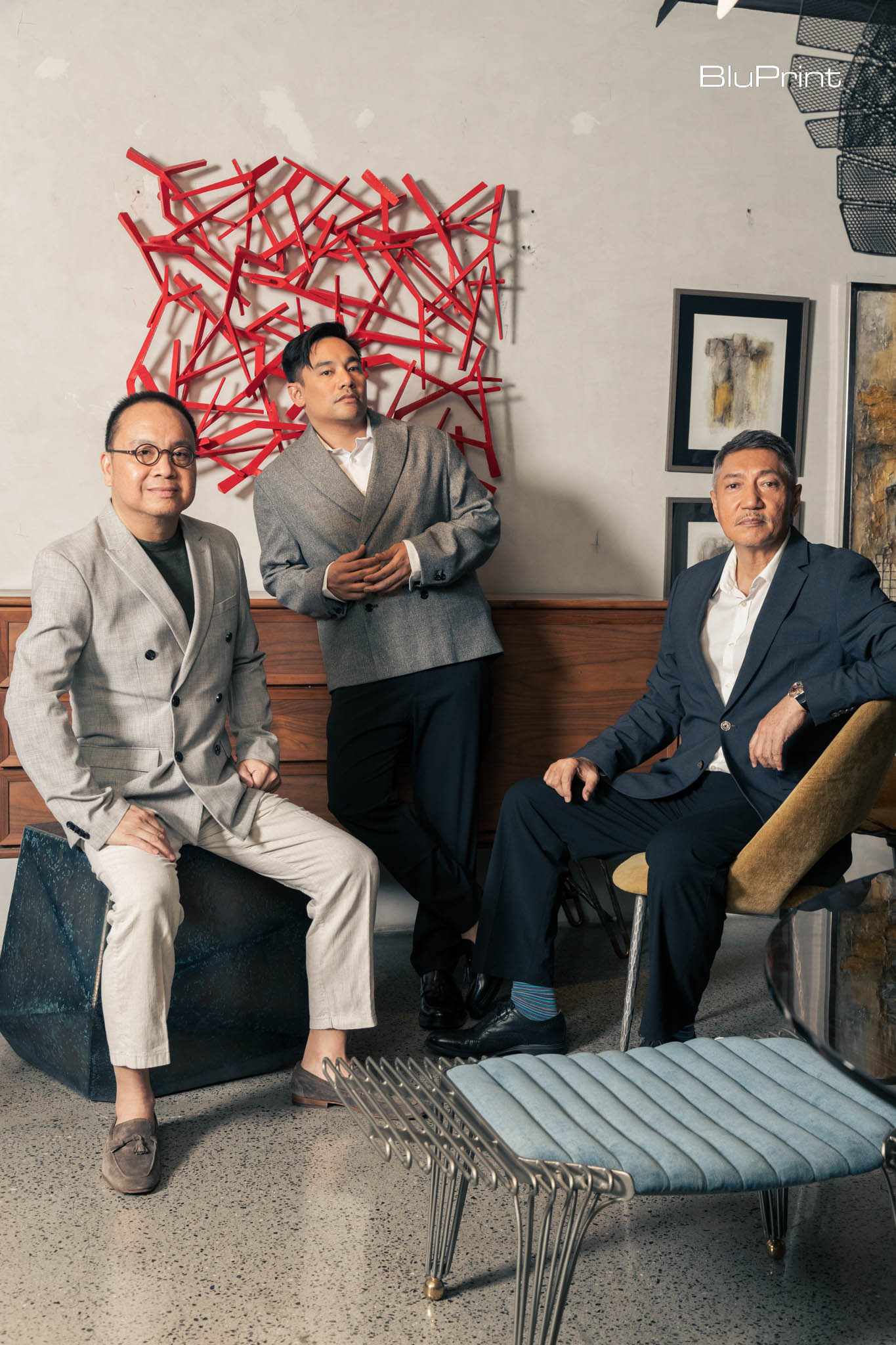
As the sun sets over Bridgetowne, Lambat casts its shadows, not only on the physical landscape, but also on the collective consciousness of those who encounter it. It becomes a focal point for reflection, a reminder of the intricate tapestry of Filipino life. It’s an acknowledgment of the enduring spirit that thrives in the face of challenges. In every weave, in every knot, Lambat whispers the stories of the sea, the stories of the people, and the indomitable spirit that unites them—a visual symphony echoing the timeless melody of Filipino resilience.
Read more: Filipino Design: The Past, Present, and Future of Sustainability


